Amsonia Companion Plants: Best Plants To Pair With Blue Star
Introduction
Amsonia, also known as blue star, is a genus of flowering plants native to North America. There are about 20 species of Amsonia, and they are all known for their beautiful blue flowers. Blue star plants are easy to care for and they are a great addition to any garden.
One of the best things about Amsonia plants is that they are very versatile. They can be planted in a variety of different settings, and they can be paired with a wide variety of other plants. In this blog post, we will discuss some of the best companion plants for Amsonia.
Main Content
Here are some of the best companion plants for Amsonia:
- Ferns: Ferns are a great choice for companion plants for Amsonia because they have similar growing requirements. Ferns prefer moist, shady areas, and Amsonia also does well in these conditions. The delicate fronds of ferns provide a nice contrast to the blue flowers of Amsonia.

- Sedges: Sedges are another good choice for companion plants for Amsonia. They have a similar texture to Amsonia, and they can help to add height and interest to a border. Sedges also come in a variety of different colors, so you can choose one that will complement the blue flowers of Amsonia.
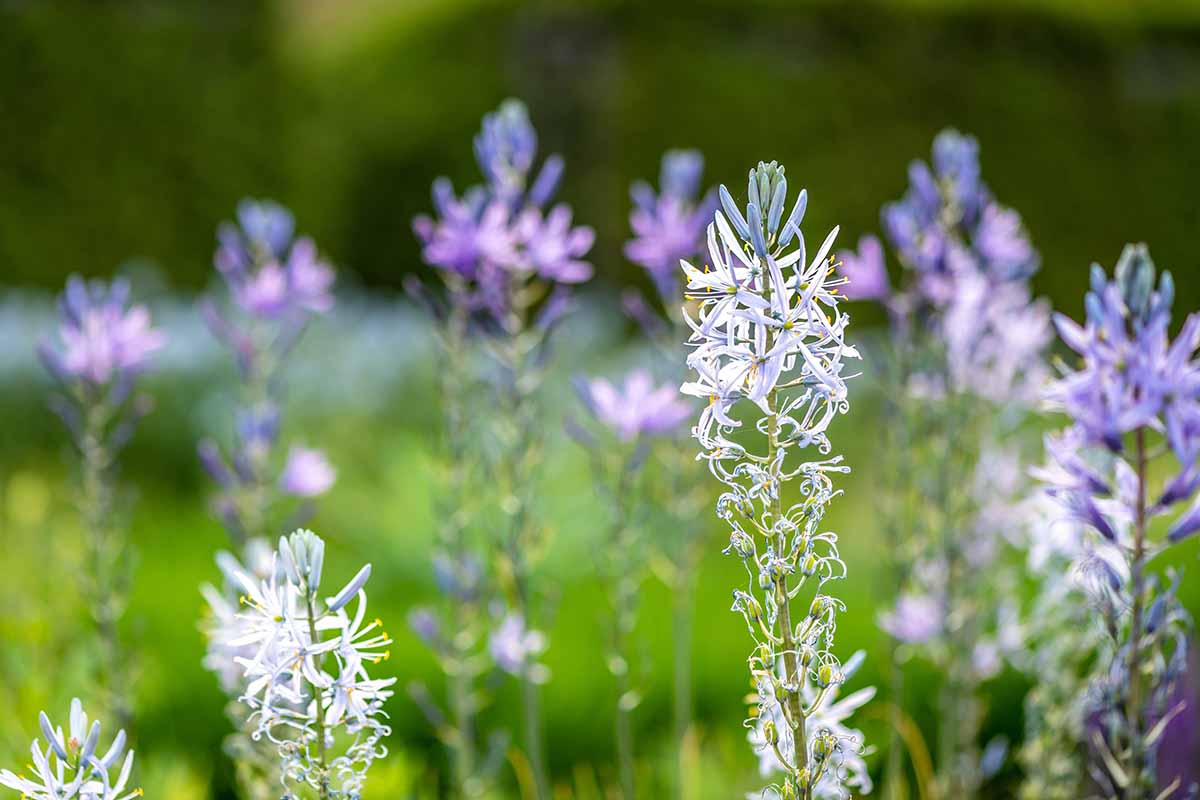
- Hostas: Hostas are a classic companion plant for Amsonia. They have large, lush leaves that provide a nice contrast to the delicate flowers of Amsonia. Hostas also come in a variety of different colors, so you can choose one that will complement the blue flowers of Amsonia.

- Ornamental grasses: Ornamental grasses are a great choice for companion plants for Amsonia because they add movement and interest to a garden. They also come in a variety of different heights, so you can choose one that will complement the height of Amsonia.
- Perennials: There are a variety of different perennials that can be paired with Amsonia. Some good choices include black-eyed Susans, coneflowers, and rudbeckias. These plants all have bright, cheerful flowers that will complement the blue flowers of Amsonia.
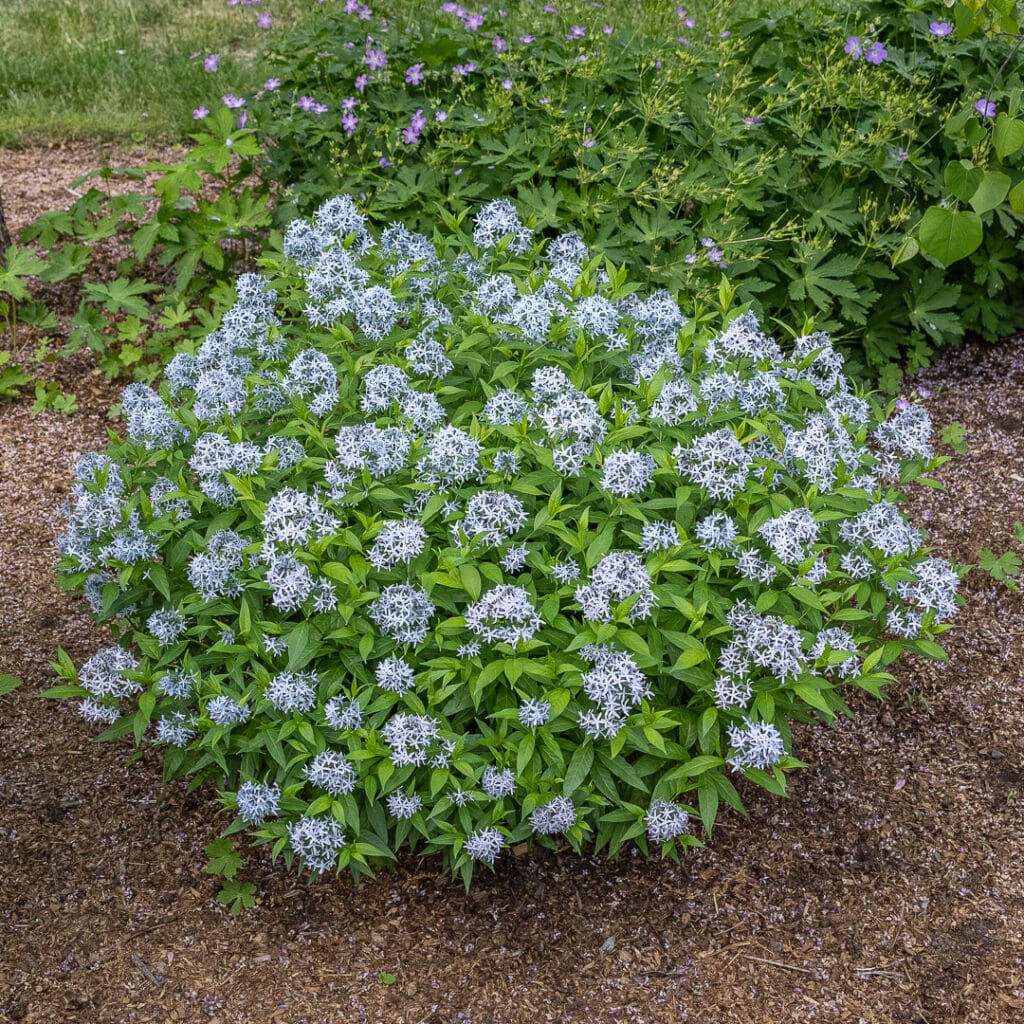
Conclusion
These are just a few of the best companion plants for Amsonia. When choosing companion plants, it is important to consider the size, color, and texture of the plants. You also want to make sure that the plants have similar growing requirements. By choosing the right companion plants, you can create a beautiful and harmonious garden.
Amsonia is a genus of flowering plants that includes several species of blue star, a popular perennial for its delicate blue flowers and foliage. When choosing companion plants for amsonia, it is important to consider the plant's needs in terms of sunlight, water, and soil type. Some good companion plants for amsonia include:
- Black-eyed Susan (Rudbeckia fulgida)
- Aromatic aster (Aster oblongifolius 'Raydons Favorite')
- Cardinal flower (Lobelia cardinalis)
- Ostrich fern (Matteuccia struthiopteris)
- Salvia nemorosa 'Caradonna' (Sage)
- Centranthus ruber (Red Valerian)
- Calamagrostis x acutiflora 'Karl Foerster' (Feather Reed Grass)
- Verbena bonariensis (Tall Verbena)
For more information about amsonia companion plants, please visit Home Gardening.
FAQ of amsonia companion plants
Q: What are the best companion plants for amsonia?
A: Amsonia is a genus of flowering plants that includes about 20 species. They are native to North America, Asia, and Europe. Amsonias are known for their blue or white flowers, which bloom in the spring or summer. They are relatively easy to care for and can be grown in a variety of soil types.
Some of the best companion plants for amsonia include:
- Butterfly bushes: Butterfly bushes attract butterflies and other pollinators, which can help to improve the pollination of your amsonias.
- Daylilies: Daylilies bloom for a long period of time, which can help to extend the flowering season of your amsonias.
- Ornamental grasses: Ornamental grasses add height and texture to a garden, and they can help to provide contrast to the blue or white flowers of amsonias.
- Shrubs: Shrubs can provide a backdrop for amsonias, and they can also help to protect them from wind and sun.
Q: What are the benefits of companion planting with amsonia?
A: There are several benefits to companion planting with amsonia. Companion plants can help to:
- Attract pollinators: Pollinators, such as butterflies and bees, are essential for the pollination of plants. Companion plants that attract pollinators can help to improve the pollination of your amsonias, which can lead to more flowers and seeds.
- Improve soil health: Some companion plants can help to improve soil health by adding nutrients or by breaking up compacted soil. This can benefit amsonias, as they prefer well-drained soil with good fertility.
- Distract pests: Some companion plants can distract pests from amsonias. For example, marigolds are often planted near roses to distract pests such as aphids.
- Provide shade: Some companion plants can provide shade for amsonias, which can be helpful in hot climates.
Q: How do I choose companion plants for amsonia?
A: When choosing companion plants for amsonia, there are a few factors to consider, including:
- Plant height: Amsonias can grow to be 2-4 feet tall, so you'll want to choose companion plants that are a similar height or that will provide a backdrop for the amsonias.
- Sun exposure: Amsonias can tolerate full sun or partial shade, so you'll want to choose companion plants that have similar sun requirements.
- Soil type: Amsonias prefer well-drained soil, so you'll want to choose companion plants that have similar soil requirements.
- Pollinator attraction: If you want to attract pollinators to your garden, you'll want to choose companion plants that attract pollinators.
Image of amsonia companion plants
- Black-eyed Susan (Rudbeckia hirta) - This daisy-like flower blooms in shades of yellow, orange, and red from mid-summer to fall. It attracts butterflies and other pollinators.

- Coneflower (Echinacea purpurea) - This spiky flower blooms in shades of pink, purple, and white from late summer to fall. It is also a popular medicinal herb.

- Daylily (Hemerocallis fulva) - This long-blooming perennial produces showy flowers in shades of yellow, orange, pink, and red from early summer to fall.

- Goldenrod (Solidago spp.) - This late-summer bloomer produces clusters of bright yellow flowers. It is a good choice for attracting butterflies and other pollinators.
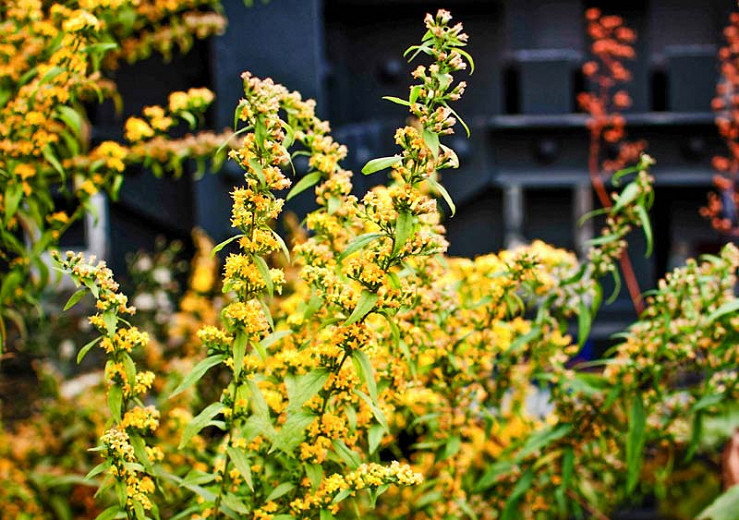
- Lavender (Lavandula angustifolia) - This fragrant herb blooms in shades of blue, purple, and white from late spring to early summer. It attracts bees and butterflies.
- Monarda (Monarda didyma) - This mint family plant blooms in shades of red, pink, and white from mid-summer to fall. It attracts butterflies and other pollinators.
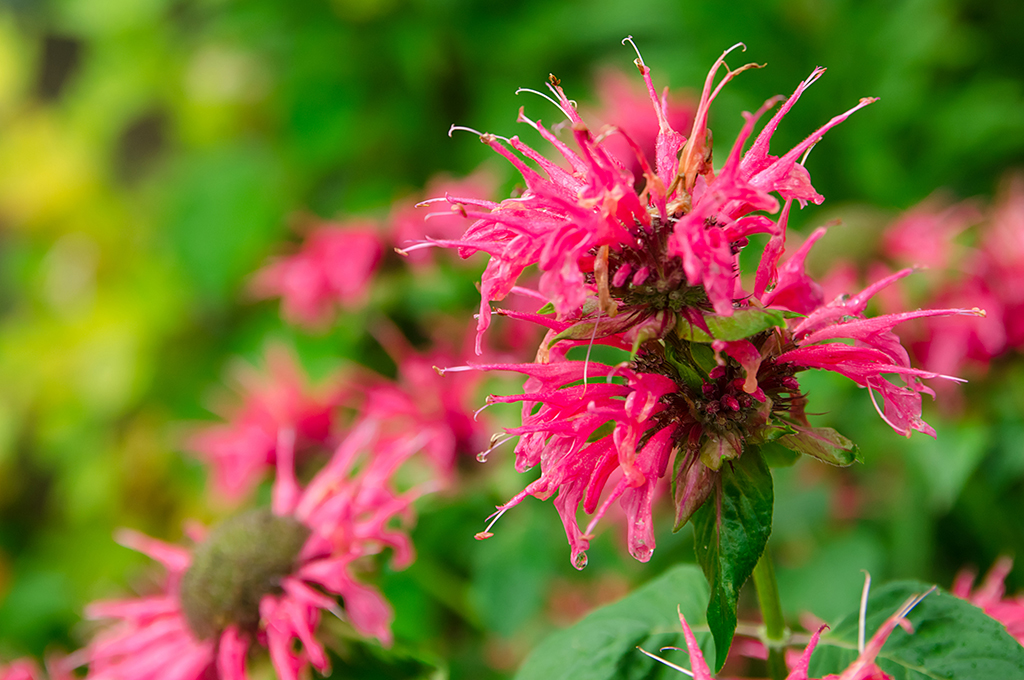
- Obedient Plant (Physostegia virginiana) - This tall, spikey flower blooms in shades of pink, purple, and white from mid-summer to fall. It is a good choice for attracting butterflies and other pollinators.
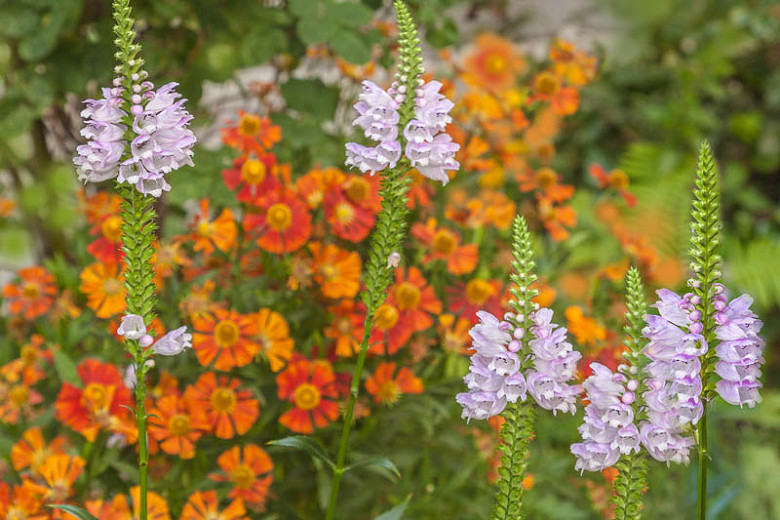
- Phlox (Phlox paniculata) - This summer-blooming perennial produces showy flowers in shades of pink, purple, white, and blue. It attracts bees and butterflies.
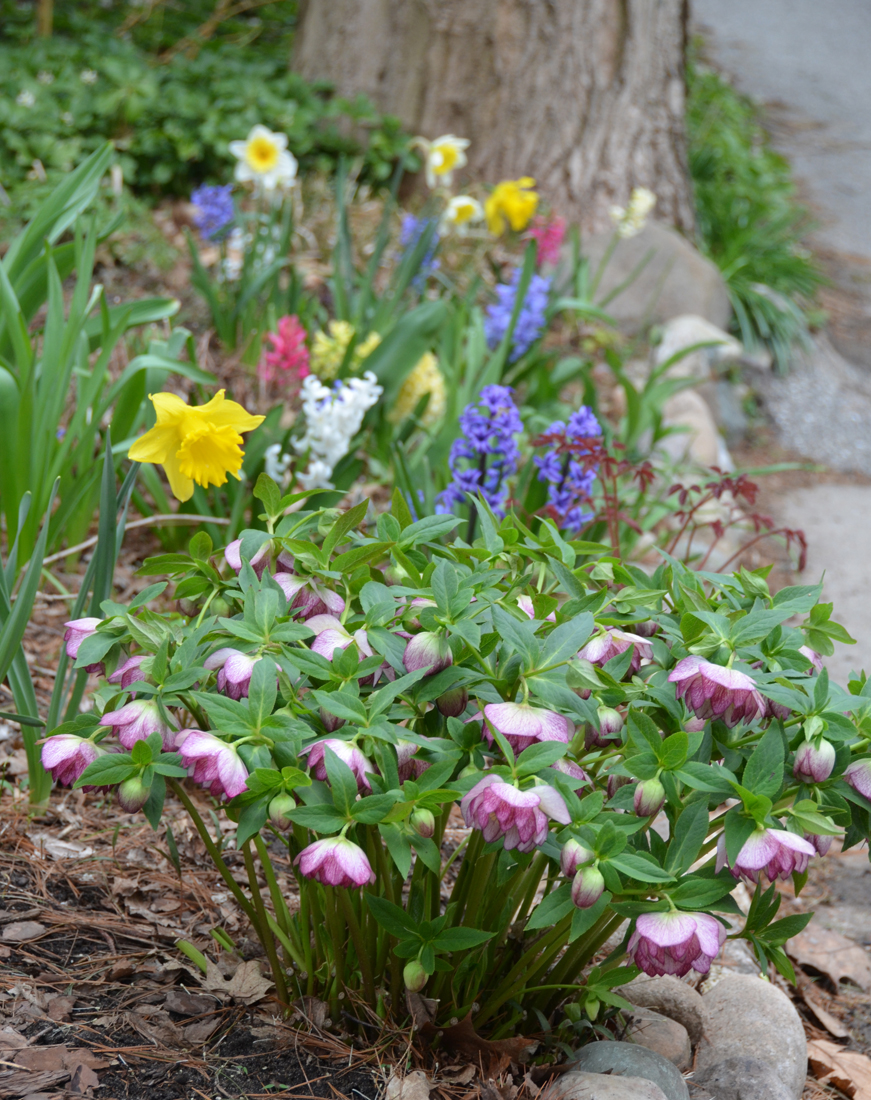
- Yarrow (Achillea millefolium) - This daisy-like flower blooms in shades of white, yellow, and pink from early summer to fall. It is a good choice for attracting butterflies and other pollinators.
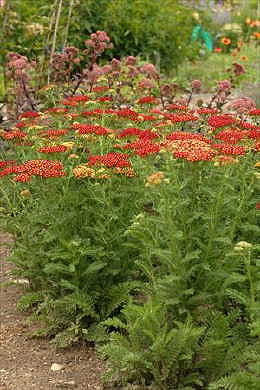
Post a Comment for "Amsonia Companion Plants: Best Plants To Pair With Blue Star"